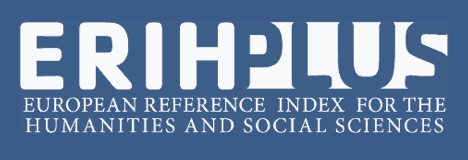O clima urbano de Penápolis, são Paulo, através da temperatura da superfície e de índices radiométricos
Abstract
No Brasil, estudos direcionados à climatologia urbana têm avançado no tocante às metodologias de identificação e mensuração de ilhas de calor superficiais, sobretudo a partir da utilização de técnicas de sensoriamento remoto, tais como a aplicação dos índices radiométricos que possibilitam a identificação e a separação de diferentes alvos. Nesse sentido, este trabalho teve como objetivo identificar e analisar as ilhas de calor de superfície na cidade de Penápolis-SP, procurando estabelecer relações entre temperatura dos alvos e os índices NDVI (Normalized Difference Vegetation Index) e NDBI (Normalized Difference Built-up Index). Os resultados demonstraram significativa correlação entre a temperatura da superfície e os tipos de uso e cobertura da terra. Observou-se que as temperaturas mais elevadas se localizaram onde havia construções com coberturas metálicas e solos expostos, que também corresponderam às áreas cujos valores do NDVI foram negativos, próximos a -1, e os valores do NDBI positivos, próximos a +1.
Keywords
Policy Proposal for Free Access Journals
Authors who publish in this journal agree to the following terms:
a. Authors retain the copyright and grant the journal the right of first publication, with the work simultaneously licensed under the Creative Commons Attribution License which allows the sharing of the work with acknowledgment of the authorship of the work and initial publication in this journal.
b. Authors are authorized to take additional contracts separately, for non-exclusive distribution of the version of the work published in this journal (eg publish in institutional repository or as a book chapter), with acknowledgment of authorship and initial publication in this journal.
c. Authors are allowed and encouraged to publish and distribute their work online (eg in institutional repositories or on their personal page) at any point before or during the editorial process, as this can generate productive changes, as well as increase the impact and The citation of published work (See The Effect of Free Access).





















